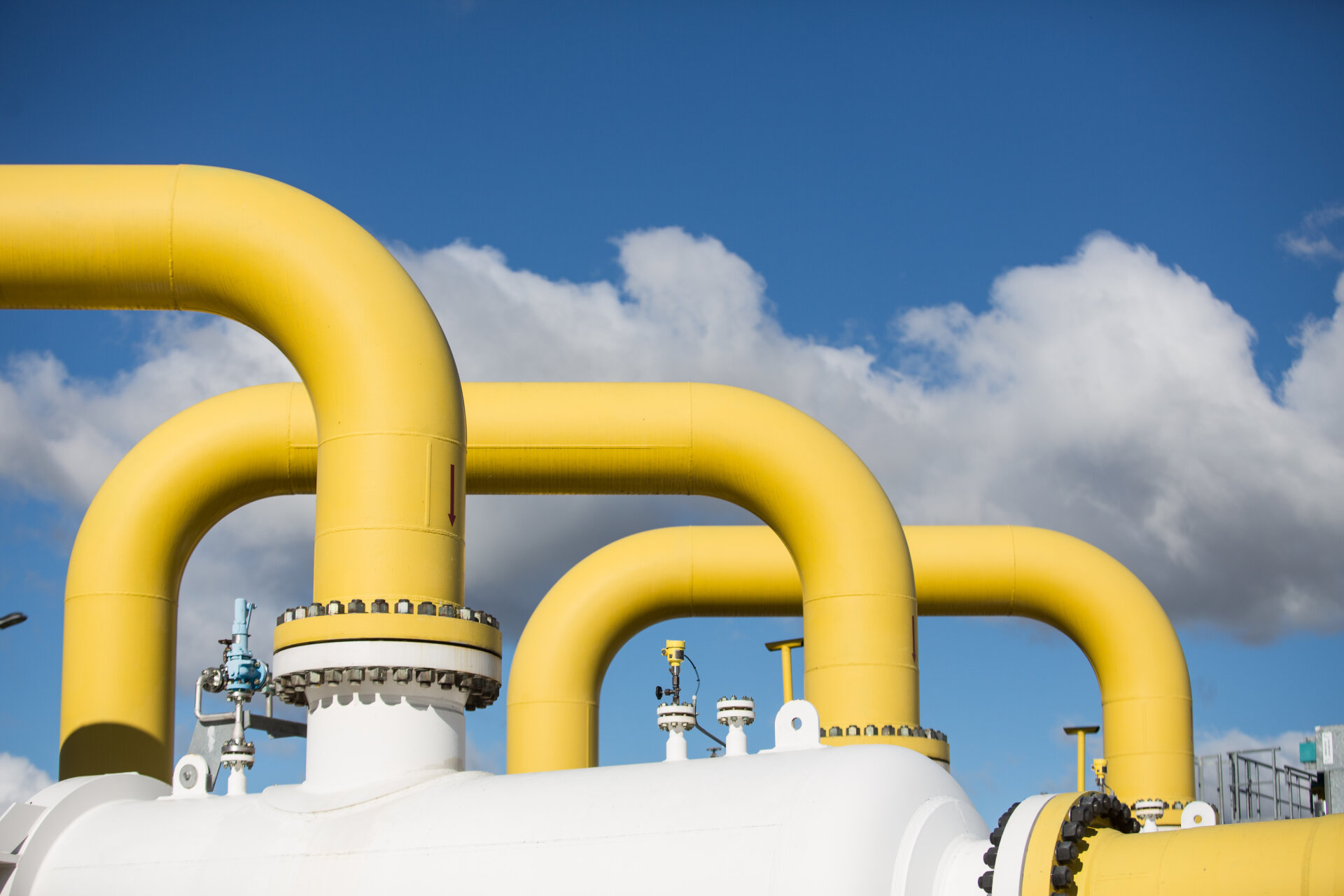
In the first half of 2025, 16.5 TWh of gas was delivered to Lithuania, the Baltic region’s gas transport hub, excluding the transit to Kaliningrad. This is 23% more than at the same time last year, when 13.4 TWh of gas was transported to Lithuania.
When comparing the volumes of gas transported to Lithuania in the first half of this year with the first half of last year, it is important to note that last year gas supplies were limited by two significant factors: the Estonian-Finnish Balticconnector pipeline was out of operation for several months and the Klaipėda LNG terminal was temporarily closed for maintenance. This year, with all infrastructures working well, the gas supply to the Lithuanian system has increased by a quarter, not only for Lithuania’s needs, but also for the needs of other European countries.
“International flows show how the temporary loss of some infrastructure components changes the energy supply situation. The system we are building is oriented towards decades ahead, so Lithuania’s gas transmission infrastructure ensures that the country’s and the region’s needs are met even in the event of unforeseen disruptions. Our strategically designed infrastructure allows us to supply gas to markets outside Lithuania. In the first half of this year, 1 terawatt-hour of gas was transported through the Lithuanian gas transmission system, using the GIPL pipeline, to meet the needs of Ukraine,” said Nemunas Biknius, CEO of Amber Grid.
Through the GIPL interconnection between Lithuania and Poland was transported 1.6 TWh of gas to Europe in January-June 2025, 53% more than last year, when 1 TWh of gas was transported to Poland via the pipeline. Transportation of gas via GIPL pipeline to Lithuania was 0.4 TWh in the first half of this year, or 60% less than the 1 TWh transported in the first half of last year.
6 TWh of gas was transmitted to Latvia, Estonia and Finland via the gas interconnector between Lithuania and Latvia. This is twice as much as at the same time last year, when the volume of gas transported to the Baltic countries was 2.9 TWh.
The Klaipėda LNG terminal, the main source of gas supply to Lithuania and the other Baltic countries, accounted for 87% (14.3 TWh) of the total gas transported into the system in January-June2025. Flows from Latvia accounted for 10% (1.7 TWh).
In the first half of the year, 92 gigawatt hours (GWh) of biomethane was injected into the gas transmission system from biogas producers, or 65% more than in the first half of 2024, when the amount of biomethane injected into the gas transmission system was 56 GWh. Double the amount of biogas on the grid is provided by biomethane plants already in operation and newly connected to the transmission system.
Lithuania consumed 8.7 TWh of gas in January-June, 6% less than in the first half of 2024, when it reached 9.2 TWh. The lower gas consumption is due to the recent decline in the activity of Achema, the largest fertiliser producer in the region.